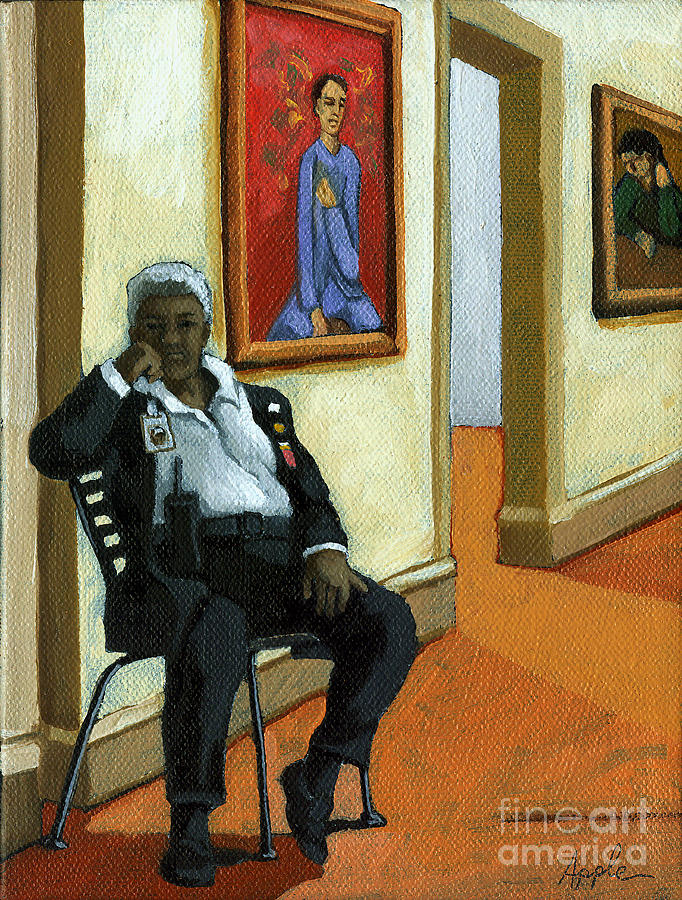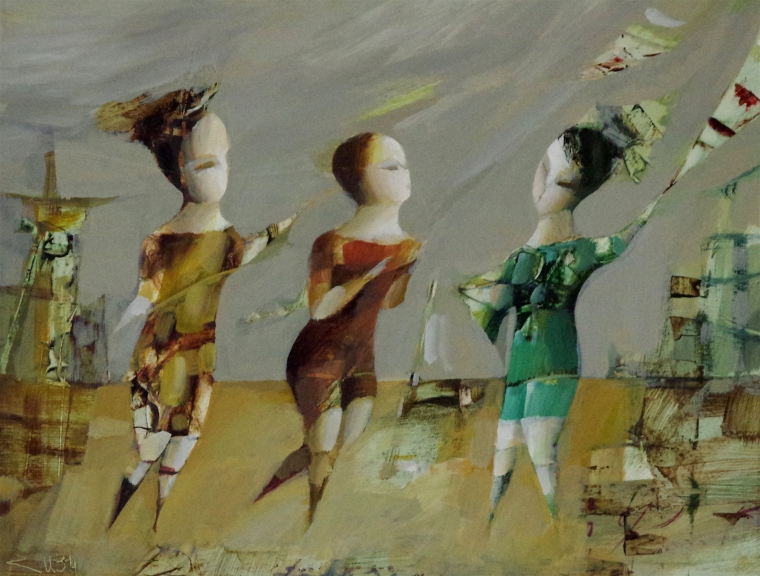Grasping the Art of Metaphorical Oil Paint: Crucial Tips and Techniques for Aspiring Artists
Metaphorical oil painting represents an intricate intersection of strategy and interpretation, requiring a thorough understanding of human anatomy, structure, and color concept. An exploration of color consistency and texture methods can dramatically enhance the aesthetic influence of their work.

Recognizing Human Anatomy
Understanding human composition is essential for any kind of musician desiring master figurative oil painting. An extensive understanding of the human type makes it possible for musicians to develop natural depictions that resonate with viewers. Knowledge of anatomical frameworks, such as muscles, bones, and joints, provides important insight into how the body moves and poses.
Artists should acquaint themselves with the percentages of the human number, consisting of the connection between different body parts and how these percentages differ across ages and sexes. This awareness allows for exact scaling and viewpoint in their job. Additionally, understanding the underlying musculature enhances the capability to show activity and stress in a figure, resulting in an extra dynamic and engaging make-up.
Studying anatomy additionally helps in identifying subtle subtleties in stance and expression, which are important for conveying emotion and story within a painting. Resources such as physiological books, life drawing sessions, and online tutorials can be vital devices for artists seeking to strengthen their physiological expertise. Ultimately, grasping human composition not just enhances technical ability however additionally enhances a musician's creative vision, allowing them to bring their figurative oil paintings to life with credibility and deepness.
Relevance of Structure

Trick concepts of make-up include balance, unity, and centerpieces. Attaining equilibrium makes sure that no solitary aspect overwhelms the others, while unity develops a sense of harmony throughout the piece. Focal factors accentuate considerable aspects of the artwork, enabling audiences to involve with the narrative or theme much more deeply.
Furthermore, making use of leading lines and the policy of thirds can considerably enhance make-up. Leading lines naturally assist the audience's look via the painting, while the rule of thirds gives a structure for positioning essential components in an aesthetically appealing manner. By understanding make-up, aiming artists can boost their metaphorical oil paints, changing them into compelling aesthetic tales that resonate with their target market.
Mastering Color Concept
Color concept functions as an essential aspect of metaphorical oil painting that enhances the principles of composition. Understanding the shade wheel, that includes key, secondary, and tertiary shades, is crucial for producing unified combinations and efficient aesthetic stories.
Key ideas such as saturation, worth, and hue play a crucial duty in establishing the state of mind and influence of a paint. Musicians must check out amazing and warm colors to stimulate certain feelings; warm colors frequently communicate power and interest, while cool shades can impart calmness and tranquility.
The connection in between complementary colors-- those contrary each various other on the shade wheel-- can create striking contrasts and vibrant structures. When juxtaposed, these colors enhance each various other's vibrancy, drawing the audience's eye and adding deepness to the artwork.
Moreover, understanding analogous colors permits musicians to attain a feeling of unity and comprehensibility. By selecting colors that are surrounding on the wheel, one can keep a balanced atmosphere throughout the item.
Ultimately, understanding shade theory gears up aspiring musicians with the tools needed to manipulate shade intentionally, boosting their Continued ability to convey feeling and narrative with metaphorical oil paint. figurative oil painting.
Techniques for Structure
A selection of strategies can successfully produce appearance in figurative oil paint, including depth and dimension to the art work. One essential strategy is the usage of impasto, where thick layers of paint are related to the canvas, allowing for a three-dimensional quality. This technique improves light communication, producing vibrant visual passion.
Another technique is scumbling, which includes applying a slim layer of lighter paint over a dried darker layer. This method allows the underlying color to show via, resulting in a soft, distinctive effect that can evoke a sense of ambience or age. Dry cleaning is likewise crucial; utilizing a dry brush with very little paint, artists can develop great lines and delicate appearances, excellent for recording the nuances of skin or material.
Additionally, scheme knives can be used to scratch or apply paint, generating one-of-a-kind patterns and structures. Explore various devices and products, such as sponges or dustcloths, can further improve the textural top quality of a painting. Inevitably, grasping these strategies requires technique and testing, allowing artists to uncover the varied tactile qualities that can raise their metaphorical jobs.
Creating Your Distinct Style
A musician's one-of-a-kind design is often the conclusion of individual experiences, affects, and methods sharpened with time. Establishing this originality in figurative oil paint needs a conscious initiative to explore both your psyche and the broader creative landscape. Begin by reviewing the styles and topics that resonate with you psychologically; your enthusiasm will certainly infuse credibility right into your work.
Research study numerous styles and motions, yet as opposed to imitating, essence components that talk to you - figurative oil painting. Try out different strategies, shade palettes, and compositions, enabling on your own the liberty to play without the stress of excellence. Keep a sketchbook or journal to document your thoughts, ideas, and creative development; this will certainly offer as a valuable resource for identifying persisting concepts and choices
Seek positive comments from peers or coaches, as they can give understandings that light up aspects of your job you might neglect. Be patient with on your own; the trip of developing an unique design is continuous, evolving with every canvas and each brushstroke you come across.

Final Thought
Grasping metaphorical oil painting requires a thorough grasp of human composition, make-up, and color theory. The assimilation of these elements not only enhances technological abilities but likewise boosts the psychological resonance of the artwork. Furthermore, the expedition of appearance techniques contributes to a richer visual experience. Inevitably, the farming of an unique style with constant technique and representation is vital for artistic development. Accepting these fundamental concepts will dramatically benefit aspiring artists on their Your Domain Name creative journey.
Figurative oil painting represents a complex intersection of technique and analysis, requiring a thorough understanding of human makeup, make-up, and shade theory. An exploration of color consistency and appearance methods can substantially improve the visual impact of their other job. By mastering composition, striving artists can boost their figurative oil paints, transforming them into compelling aesthetic tales that resonate with their audience.
Experiment with various strategies, color palettes, and make-ups, permitting yourself the freedom to play without the stress of perfection.Mastering metaphorical oil painting necessitates a thorough understanding of human anatomy, make-up, and shade theory.